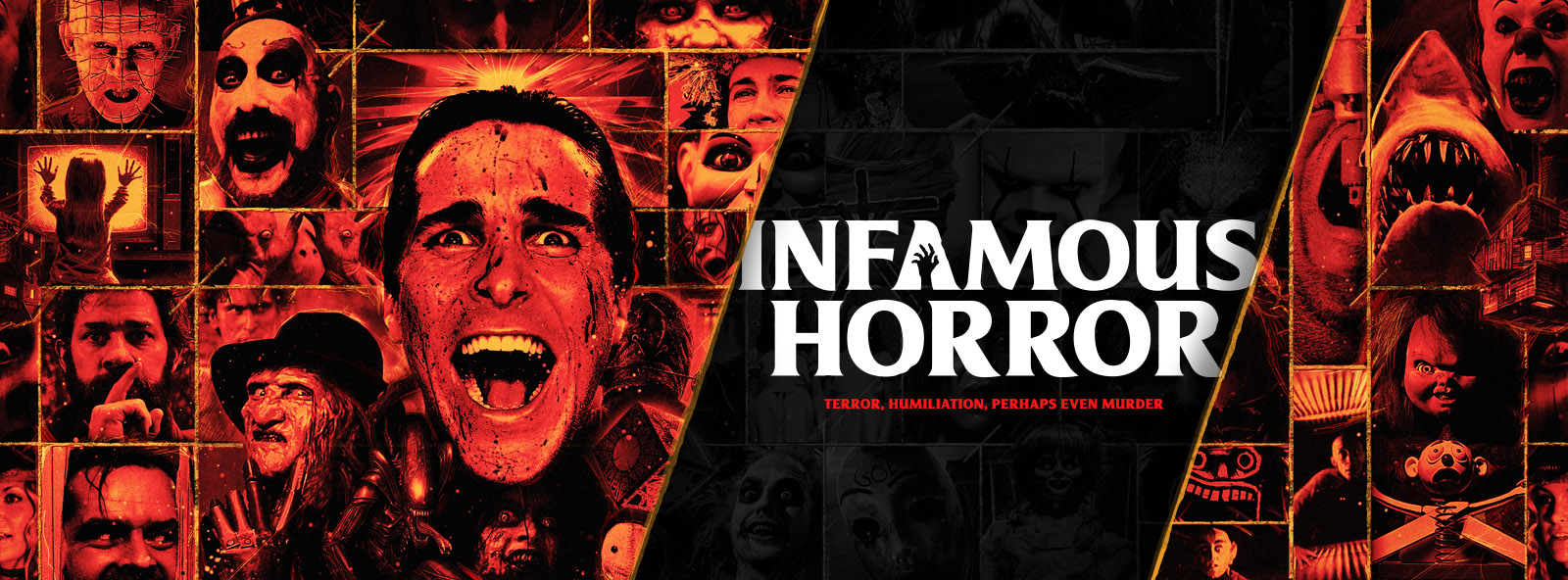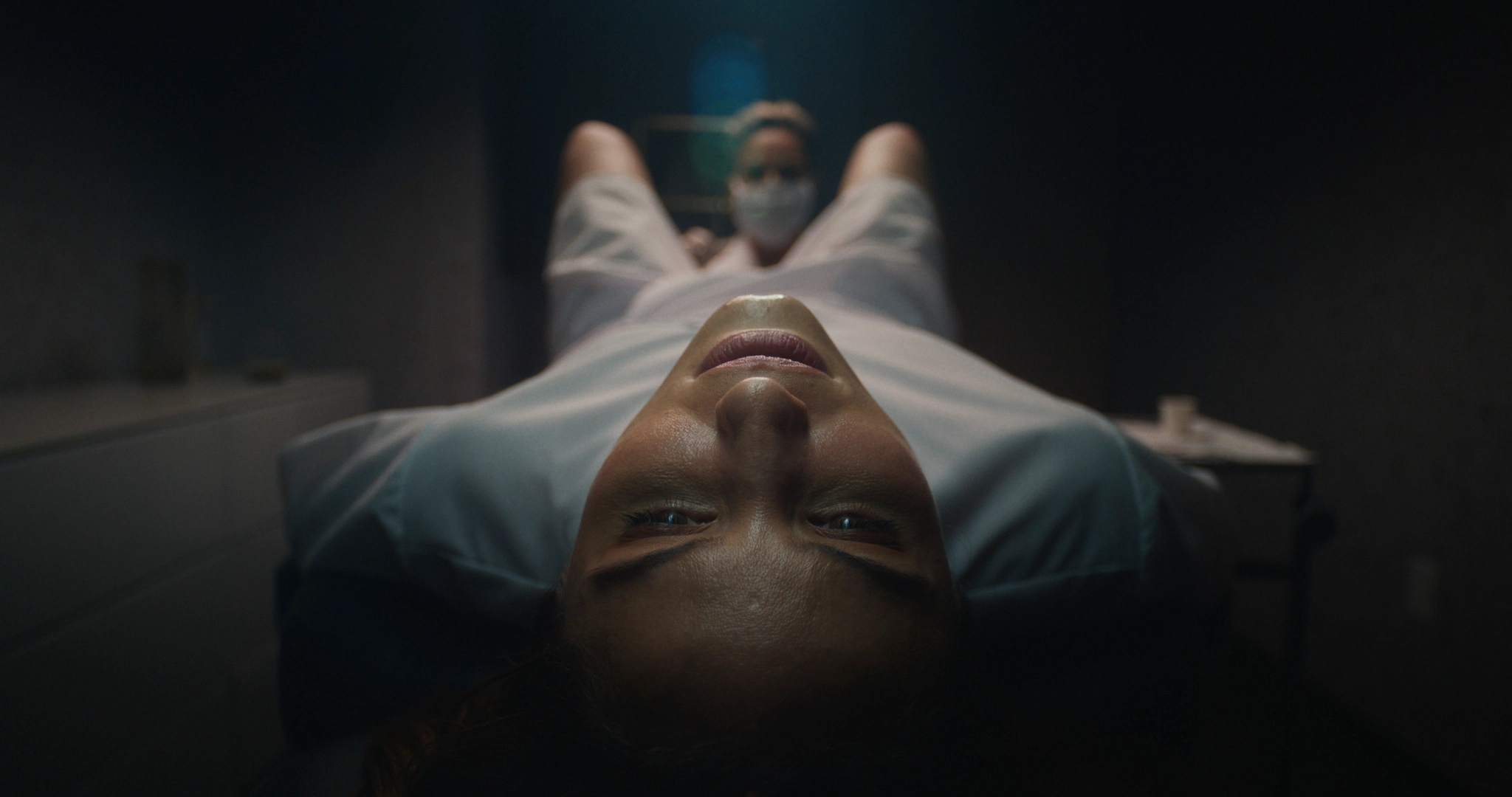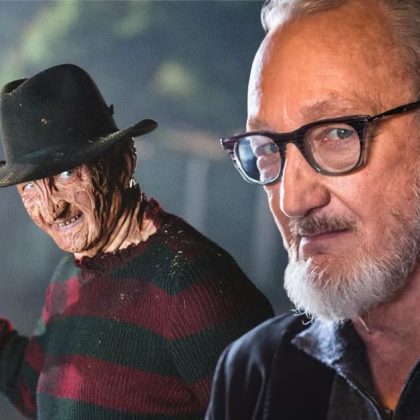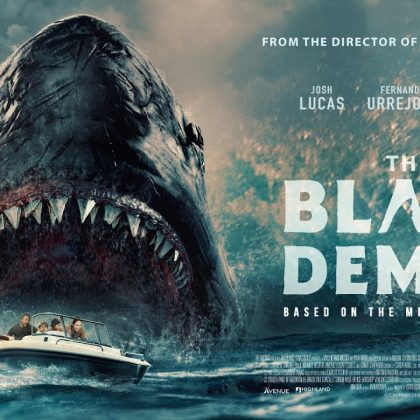“CLOCK” will be available on April 28, 2023 on Hulu in the US and on Disney+ with Star worldwide.
Ella joins a clinical trial to try and kick-start her seemingly broken biological clock, amidst growing pressure to have children from the world around her.
Synopsis
First of all, the movie has a really interesting premise which is very important in our society right now. The film confronts us with facts that make us question our assumptions.
The director offers a sci-fi horror film with a rather important subject. What if the fact that some people don’t want children was just a biological flaw? This is the premise of the feature film. Every woman who does not want children is often considered “weird” by others. What if science could solve this internal biological problem? And that’s where the movie begins!
We follow Ella throughout the film, who does not want to have children and ends up believing that she is the problem in making this choice. Consequently, she goes to an experimental clinic to preserve her biological clock. To achieve this, she undergoes psychoanalysis sessions and stuffs herself with pills to resolve the issue.
The film can be divided into two parts: the experimentation followed by the descent into madness. The first part, which is the experimentation, creates a particularly effective creepy and distressing atmosphere. In this section, the questions posed in the film encourage introspection and self-reflection. The director/screenwriter manages to convince us that the problem is an internal biological issue that can be easily fixed.
The second part allows us to see the director’s creative scope with some interesting and innovative camera shots (although they have been seen in other projects). However, it really shows how the character of Ella is withering away and allows us to become emotionally attached to her, as if we were living her experience.
A few jump scares are presented here and there during the story, which proves to be quite effective without giving us too much (which is a weakness in most horror films – too much is like not enough). Thus, it allows us to savor the jump scares without being annoyed by them.
On the negative side, the film lacks precision in editing. The editing is fast in certain sequences of the first part of the film (the experimentation). It seems as though the film crew had run out of time to shoot additional camera shots. As a result, they cut from one shot to another to add rhythm to the edit. However, this makes the scenes unreadable because the camera changes are done too quickly. The usefulness of adding rhythm through shot-to-shot cuts was not necessary in the dialogue sequences because the nerve-wracking ambiance does all the work.
From a photographic direction perspective, the shots in the dark seem less developed. Working with night and black in a film project is not an easy task. Here, the shadows and blackness don’t seem to blend perfectly with the rest of the frame, which may bother the viewer’s eye. This diverts attention from the characters or objects framed in the center of the image.
The director also chooses to show the descent into madness (the second part of the film) with a desaturation of colors. However, although the main character’s decline is depicted quite quickly, the desaturation occurs even more rapidly towards the end of the film, almost becoming black and white. This initially made us think there was a problem with our screen because we had not noticed the gradual disappearance of colors in the image. But after an action from Ella, we understood the purpose of this technique in serving the story. Nevertheless, the gradual disappearance of colors could have been more effective if given more time.
Overall, this film is particularly noteworthy for its themes and can spark discussions and important questions about our personal lives. Despite being a horror science fiction film, it can help viewers understand that the decision to have children is a personal choice.
Overall rating: 4/5 stars




